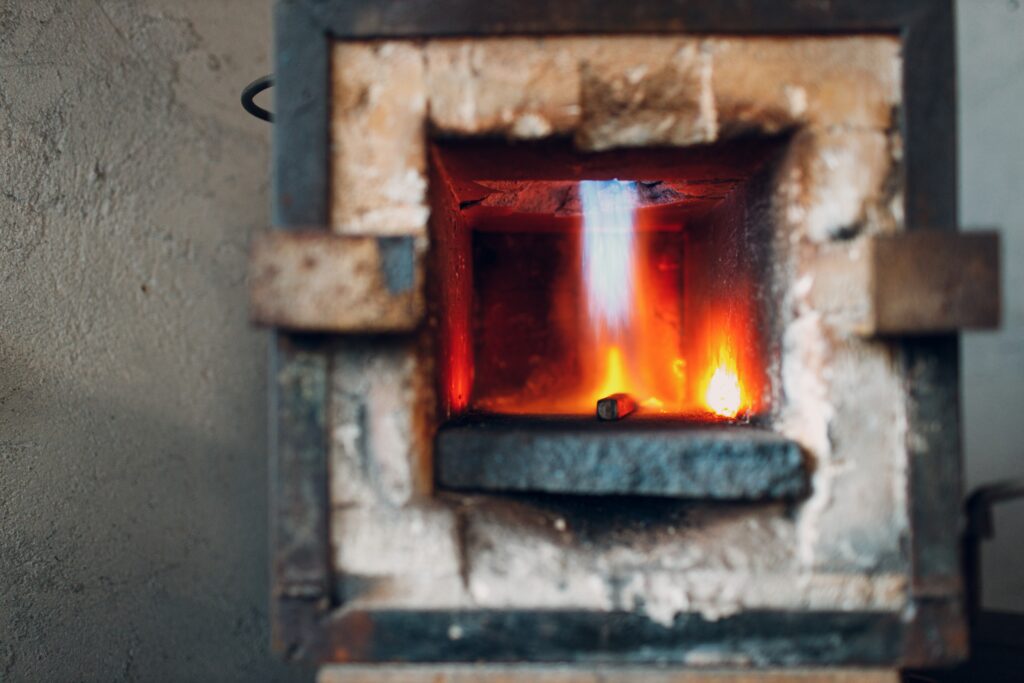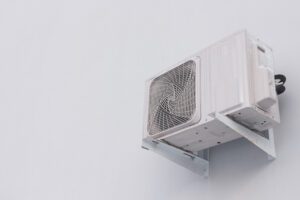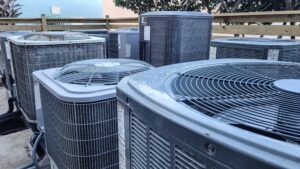If you’re a homeowner in Martinsburg, West Virginia, you know how essential a reliable furnace is to keep your home warm during the colder months. However, like any other system in your home, furnaces can develop problems over time. It’s crucial to be aware of the signs that indicate your furnace is in need of repair. By addressing these issues promptly, you can avoid more significant problems down the line and ensure your home remains comfortable throughout the winter season. In this article, we will discuss the top five signs that your Martinsburg home needs a furnace repair, providing you with the knowledge to take swift action.
Understanding the Importance of Furnace Maintenance
Before we delve into the signs of a malfunctioning furnace, it’s essential to understand the role of regular maintenance in prolonging the lifespan of your heating system. Regular furnace maintenance ensures that your unit operates at peak efficiency, lowers energy consumption, and minimizes the risk of unexpected breakdowns. Neglecting proper furnace maintenance can lead to costly repairs and a shortened lifespan for your heating system.
Now that we’ve established the significance of furnace maintenance, let’s examine the various signs that indicate your Martinsburg home’s furnace is in need of repair:
The Role of a Furnace in Your Home
Your furnace plays a crucial role in keeping your home warm and comfortable during the colder months. It circulates heated air throughout your home via a system of ducts, ensuring each room receives an adequate amount of warm air. A properly functioning furnace not only provides comfort but also helps to maintain good indoor air quality.
The Consequences of Neglecting Furnace Repair
Before we dive into the specific signs, it’s important to understand the consequences of neglecting furnace repairs. Ignoring furnace repair issues can lead to reduced heating efficiency, increased energy consumption, and potential safety hazards. Additionally, what may start as a minor issue can escalate into a major problem if left unaddressed, resulting in costly repairs or even the need for a full furnace replacement.
Now, let’s explore the importance of regular furnace maintenance in more detail. Regular maintenance involves a thorough inspection and cleaning of your furnace by a professional HVAC technician. During this process, the technician will check for any potential issues, such as worn-out parts, clogged filters, or leaks. They will also lubricate moving parts and ensure that all components are functioning properly.
By investing in regular maintenance, you can prevent small problems from turning into major repairs. For example, a simple issue like a dirty air filter can cause your furnace to work harder, leading to increased energy consumption and reduced efficiency. Regular maintenance allows for the timely replacement of filters and other worn-out parts, ensuring that your furnace operates at its best.
Sign 1: Unusual Noises from Your Furnace
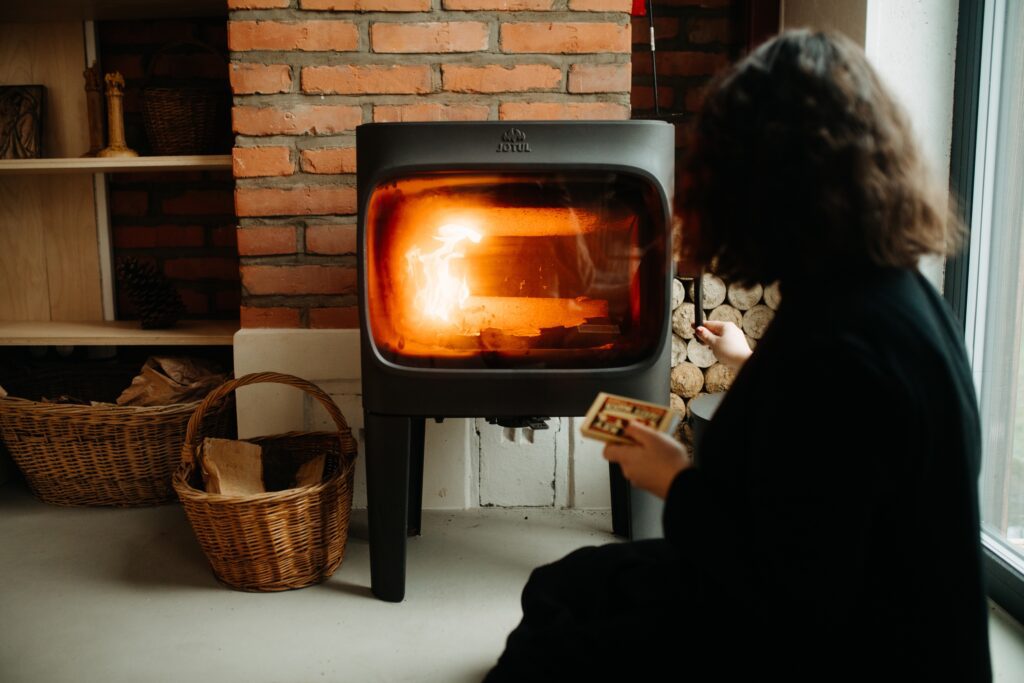
If you notice your furnace producing unusual noises, it could be a sign that something is amiss. Some common furnace sounds include loud bangs, screeching, rattling, or clicking noises. These sounds can indicate various issues, such as a faulty blower motor, loose components, or airflow obstructions.
To accurately identify the problem, it is advisable to consult a professional HVAC technician who can diagnose the issue and perform the necessary repairs. Ignoring these unusual noises can result in further damage to your furnace and reduce its overall lifespan.
Identifying Different Furnace Sounds
Not all furnace sounds are the same, and each sound can indicate a different problem. It’s important to familiarize yourself with the different noises your furnace might make to better communicate the issue to an HVAC technician. Here are some common furnace sounds and their potential causes:
- Banging or booming sounds: This can be a sign of a dirty burner, a malfunctioning ignition, or a delayed gas ignition.
- Screeching or squealing sounds: These high-pitched noises often indicate a worn-out belt or motor bearing.
- Rattling or vibrating sounds: Loose components, such as screws or fan blades, can cause these noises.
- Clicking sounds: Rapid clicking sounds may suggest an issue with the ignition system or a faulty thermostat.
What These Sounds Could Mean
While the aforementioned noises can give you an indication of what might be wrong with your furnace, it’s crucial to have a professional assess the situation to provide an accurate diagnosis. Attempting to fix the issue yourself without the necessary expertise can lead to further damage or potential safety risks.
An HVAC technician will be able to identify the underlying cause of the noise and perform the necessary repairs to alleviate the problem. Taking prompt action can prevent further damage and ensure your furnace continues to operate efficiently throughout the winter season.
When it comes to unusual noises from your furnace, it’s important to remember that prevention is key. Regular maintenance and inspections can help identify and address potential issues before they become major problems. A professional HVAC technician can clean and lubricate the necessary components, tighten any loose connections, and ensure proper airflow throughout your system.
Additionally, understanding the importance of proper furnace care can help extend its lifespan and improve its overall efficiency. Regularly changing air filters, keeping the area around your furnace clean and free from debris, and scheduling annual tune-ups are all essential steps in maintaining a healthy furnace.
Sign 2: Increased Heating Bills
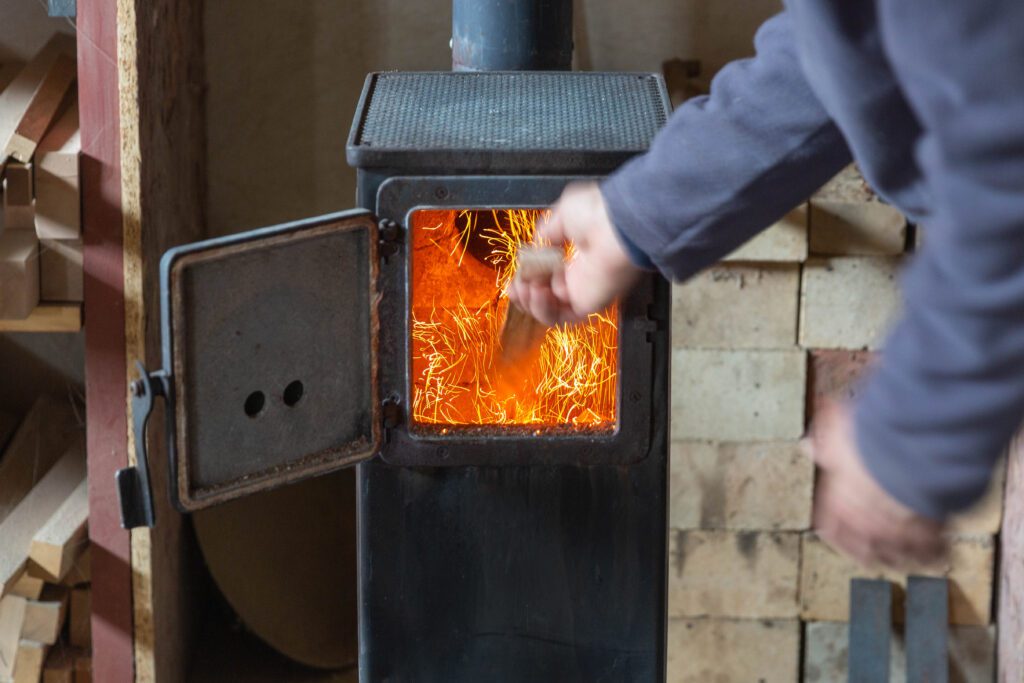
Another clear indication that your furnace requires repair is a sudden and significant increase in your heating bills. If you notice a spike in your energy costs without a corresponding increase in usage, it’s likely that your furnace is working harder to maintain the desired temperature due to an underlying issue.
Several factors can contribute to higher heating bills, including a malfunctioning thermostat, clogged air filters, or worn-out components. Fortunately, addressing these issues through timely repairs can save you money in the long run by restoring your furnace’s energy efficiency.
Understanding Your Heating Bill
Before we delve deeper into the causes of increased heating bills, it’s important to understand how your heating bill is calculated. Energy providers generally measure heating consumption in kilowatt-hours (kWh) or therms. The cost per unit varies, so it’s crucial to familiarize yourself with the billing structure of your energy provider.
When it comes to calculating your heating bill, it’s not just about the amount of energy consumed but also the time of day you use it. Some energy providers offer different rates for peak and off-peak hours. By being aware of these details, you can adjust your heating usage to optimize cost savings.
How a Damaged Furnace Affects Energy Efficiency
A damaged furnace can significantly impact the energy efficiency of your heating system, leading to increased energy consumption. Common causes of decreased energy efficiency include clogged or dirty air filters restricting airflow, malfunctioning thermostats not accurately measuring temperatures, or worn-out components forcing the furnace to work harder to produce the desired level of warmth.
Not only does a damaged furnace result in higher heating bills, but it also puts unnecessary strain on the system, potentially shortening its lifespan. By addressing the underlying issues causing the increased energy costs, you can alleviate the strain on your furnace and restore its energy efficiency, leading to lower heating bills and long-term savings.
Additionally, a well-maintained furnace not only saves you money but also helps reduce your carbon footprint. When your furnace operates efficiently, it consumes less energy, resulting in a smaller environmental impact. By taking care of your furnace through regular maintenance and prompt repairs, you are doing your part in creating a more sustainable future.
Sign 3: Inconsistent Heating in Your Home

If you’re experiencing inconsistent heating throughout your home, where some areas are warmer than others, it’s a sign that your furnace requires attention. Inadequate heat distribution can be caused by various factors, such as clogged air ducts, malfunctioning thermostats, or a failing blower motor.
It’s important to identify and resolve these issues promptly to ensure every room in your home receives the desired level of warmth. Ignoring inconsistent heating patterns can lead to discomfort, increased energy consumption, and potential damage to your furnace.
Recognizing Inconsistent Heating Patterns
Identifying inconsistent heating patterns in your home is crucial to addressing the underlying issue effectively. Here are some common signs that indicate inconsistent heating:
- Some rooms are significantly colder or warmer than others.
- There are noticeable temperature differences between floors.
- The desired temperature is difficult to achieve, even when the furnace is running.
The Link Between Inconsistent Heating and Furnace Problems
Inconsistent heating can be caused by several furnace-related problems. Clogged air ducts restrict the flow of warm air, resulting in uneven heating. Malfunctioning thermostats may inaccurately measure temperatures, causing the furnace to turn on and off prematurely. A failing blower motor may not distribute the heated air properly throughout your home.
By addressing these issues promptly, you can restore balanced heating throughout your home, improve comfort levels, and ensure your furnace operates efficiently.
Now, let’s delve deeper into the potential consequences of ignoring inconsistent heating patterns. One major issue that can arise is discomfort. Picture this: you’re sitting in your living room, trying to relax after a long day, but you can’t seem to find a comfortable temperature. One moment you’re shivering, and the next you’re sweating. This constant battle with the thermostat can leave you feeling frustrated and unable to fully enjoy your own home.
But discomfort isn’t the only consequence of inconsistent heating. Another problem that can arise is increased energy consumption. When your furnace is struggling to distribute heat evenly, it has to work harder to compensate for the temperature imbalances. This increased workload translates into higher energy bills, as your furnace consumes more fuel or electricity to maintain a consistent temperature throughout your home. So not only will you be uncomfortable, but you’ll also be paying more for it.
Furthermore, ignoring inconsistent heating patterns can potentially lead to damage to your furnace. When certain areas of your home are consistently receiving more heat than others, it puts unnecessary strain on your furnace. This strain can cause parts to wear out faster, leading to costly repairs or even premature furnace replacement. By addressing the issue promptly, you can prevent further damage and extend the lifespan of your furnace.
So, if you’re experiencing inconsistent heating in your home, don’t ignore it. Take action and have a professional inspect your furnace to identify and resolve any underlying issues. By doing so, you can ensure that every room in your home is cozy and comfortable, while also saving money on your energy bills and protecting the longevity of your furnace.
Sign 4: Frequent Cycling of Your Furnace
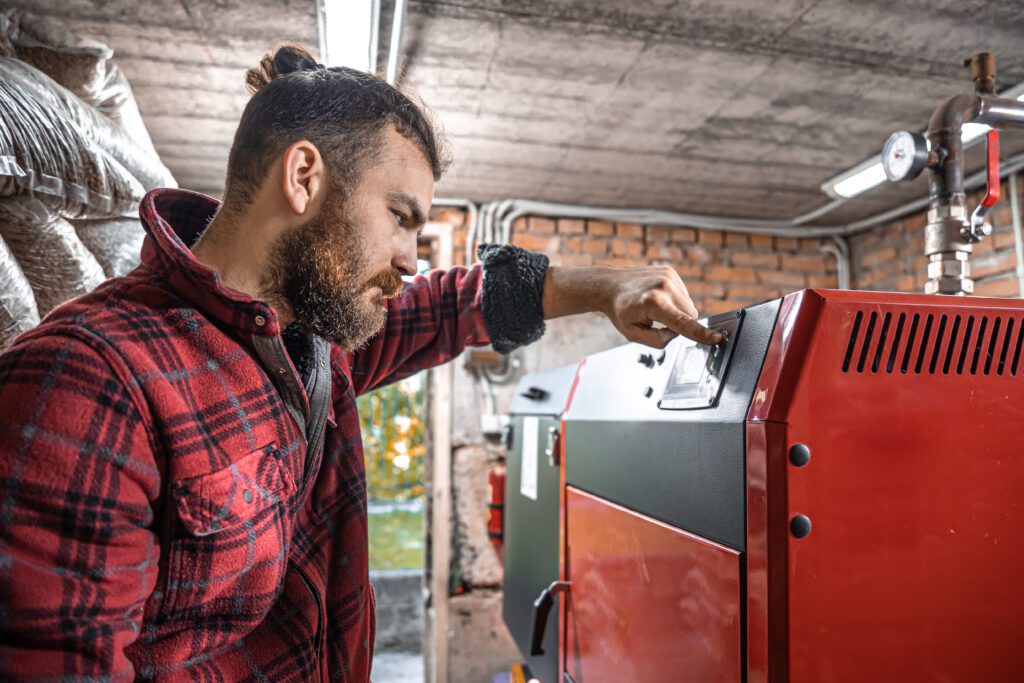
If you notice that your furnace is turning on and off more frequently than usual, it’s a sign that something may be wrong. Furnace cycling refers to the repeated turning on and off of your furnace within a short duration. This issue can be caused by various factors, including a faulty thermostat, a dirty air filter, or an oversized furnace.
What is Furnace Cycling?
Furnace cycling occurs when the furnace repeatedly turns on and off within a short time span. Instead of maintaining a steady temperature, the furnace continuously restarts its heating cycle, disrupting comfort and efficiency.
Why Frequent Cycling Indicates a Problem
Frequent furnace cycling can indicate underlying issues that require repair. A faulty thermostat may lead to inaccurate temperature measurements, causing the furnace to turn on and off too frequently. A dirty air filter can restrict airflow, leading to irregular heating cycles. An oversized furnace, on the other hand, may heat your home quickly, causing the system to shut off prematurely before achieving balanced warmth.
By addressing the root cause of frequent furnace cycling, you can restore proper functionality, avoid unnecessary wear and tear on your furnace, and improve energy efficiency.
Now that you are aware of the top five signs that your Martinsburg home needs a furnace repair, it’s crucial to take immediate action if you notice any of these issues. By addressing furnace problems promptly, you can prevent more significant damage, ensure your home remains comfortable throughout the winter, and potentially save money on energy bills. Remember, it’s always best to consult with a professional HVAC technician to diagnose and repair any furnace-related issues, as they have the expertise and knowledge to handle the repairs safely and effectively.

